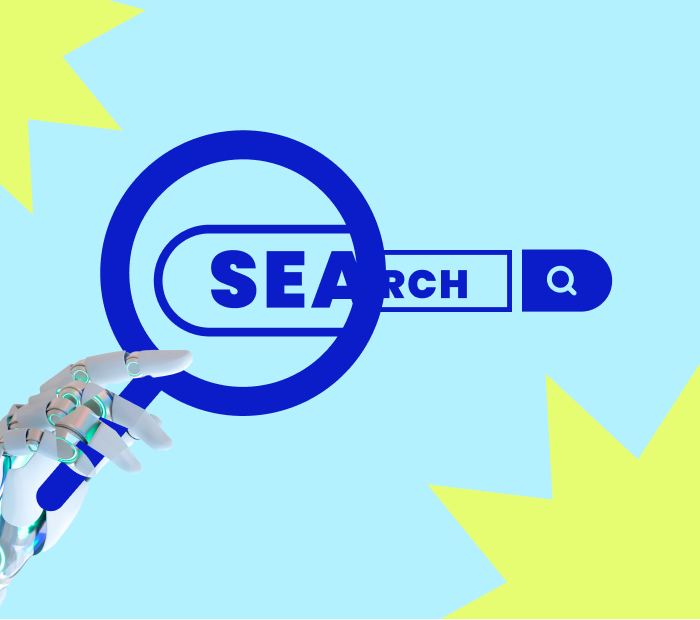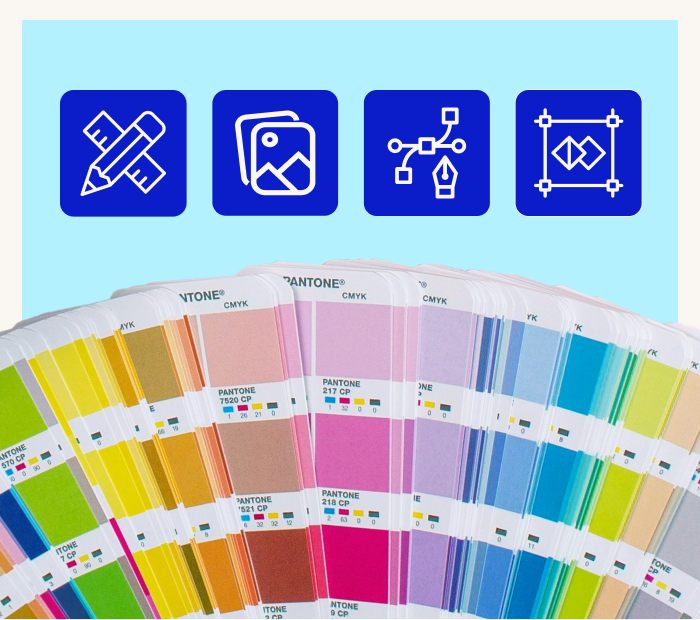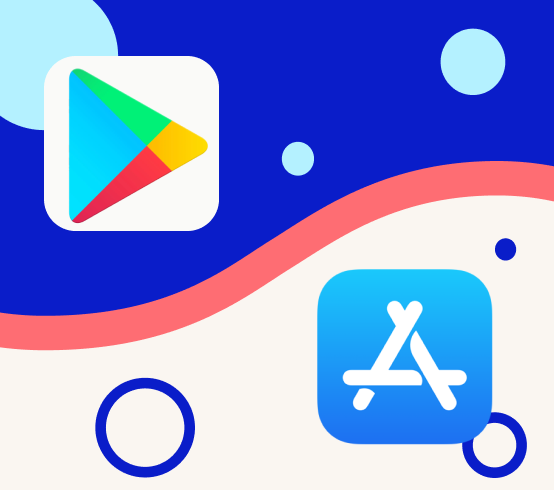
User-Centric Design: A Portal to Discovery
At the core of a compelling website is a design that centres on the user’s needs. A research institute’s website should be designed to facilitate the discovery process, guiding visitors through complex information with ease and clarity. This begins with a logical structure that intuitively categorises information, allowing users to navigate from general overviews to more in-depth studies effortlessly.
Simplifying Complexity: The Art of Presentation
The nature of research can be complex, but the presentation of it shouldn’t be. It’s essential to translate academic and technical language into content that is accessible to a broader audience. This does not mean diluting the content but rather enhancing it through clear language, engaging visuals, and interactive elements that invite exploration and understanding.
Interactive Elements: Engaging Minds in the Digital Space
Interactive features such as data visualisations, video summaries of research findings, and virtual tours of facilities can transform a static webpage into a dynamic learning experience. By engaging the visitor’s senses and curiosity, these elements can make the exploration of research outputs more memorable and impactful.
Accessibility: Ensuring No One Is Left Behind
Inclusivity in UX means making sure that the website is accessible to all, regardless of disability. Compliance with the Web Content Accessibility Guidelines (WCAG) ensures that your website is navigable and understandable by people with a range of hearing, movement, sight, and cognitive abilities. This is not just about social responsibility but also about widening your audience.
Performance and Speed: The Need for Swift Discovery
Time is of the essence, and in the digital age, users expect swift access to information. Ensuring that your website loads quickly and performs well on all devices is crucial. A slow website not only frustrates users but can also discourage them from delving deeper into the valuable content you offer.
The Gateway to Knowledge
The website of a research institute is the gateway to its soul. It reflects the institute’s mission, the importance of its research, and its commitment to advancing knowledge. For marketing and communications managers, investing in a UX-focused website redesign is not a mere update; it’s a recommitment to the core values of their institution. It is about creating an environment that not only showcases their institute’s achievements but also enhances the user’s journey of discovery. By prioritising UX, research institutes can ensure that their digital presence is as innovative and forward-thinking as the research they conduct.
Build your Research Institute Website With Butterfly
Take advantage of the chance to experience the exceptional services provided by Butterfly, a top web design agency in Melbourne. We combine creativity and technical expertise to craft visually stunning and highly functional websites that drive actual business results. Whether you’re a small business or a growing enterprise, our affordable services will help you stand out. Get in touch with us today, and let’s create a website that elevates your brand.
Things to remember
User-Centric Design
Always prioritise the needs and behaviours of your users. A user-friendly interface with intuitive navigation and accessible information is key to keeping visitors engaged.
Accessibility
Ensure that your website is accessible to people with disabilities by adhering to WCAG guidelines. This not only broadens your audience but also demonstrates a commitment to inclusivity.
Content Clarity
Present complex research in a clear and digestible format. Use lay terms where possible and support text with graphics or videos to help explain intricate concepts.
Mobile Optimisation
With the increasing use of mobile devices to access the web, ensure that your site is optimised for mobile viewing. A responsive design ensures that users have a seamless experience on tablets and smartphones.
Performance and Speed
A fast-loading website is crucial for retaining the interest of your visitors. Optimise your site’s speed to improve user experience and reduce bounce rates.




